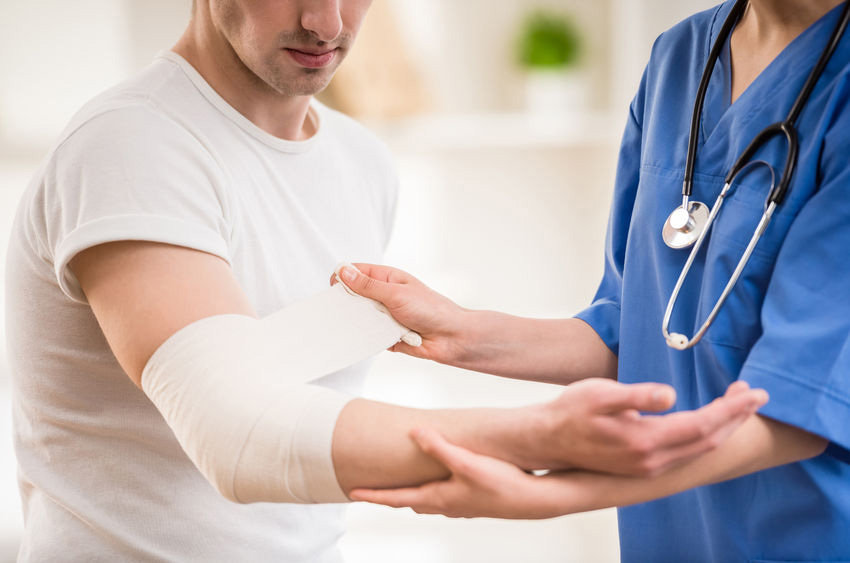An injury could be worthy of an adhesive bandage, or if worse, a trip to the ER. Whether you slipped while walking in a curb or cut yourself with a knife, you know very well that some tumbles, falls, cuts and scrapes can cause stinging pain and discomfort.
Not every scraped knee or a sprained ankle is an emergency. However, a minor injury to you might not be so minor to others. In determining whether the injury is minor or major, your best judge is your gut. When you think something is “off”, by all means, go to the hospital for a professional opinion.
Minor injuries are unfortunate but common every day. You need to know what to do and what to have to handle minor injuries quickly and calmly.
Make a First Aid Kit
A well-stocked first-aid kit in your home, office, and in the car will help you to deal with minor accidents and injuries. Take time to prepare a list of essentials to build a first-rate first aid kit.
- Adhesive Tapes
- Bandages
- Cold Packs
- Gauze rolls and pads
- Tools: scissors and tweezers
In storing your first aid kit, it should be properly kept in a dry, cool place, far away from the prying eyes of children. A reliable first aid kit can help reduce the risk of infection or the severity of the injury.
Here’s a list with 5 most common minor injuries requiring first aid.
Cuts, Scrapes, and Scratches
For minor cuts and scrapes, the first thing to do is clean the wounded area gently with water and apply direct pressure until the bleeding stops. Rinse the wound under cool running water or saline wash then apply an adhesive bandage.
Depending on the severity of the wound, some lacerations need to be evaluated for the possibility of needing stitches. If you think the cut and bleeding is out of control, call the emergency medical services as soon as possible.
Nosebleeds
Most of us experienced having a bloody nose at some time of our lives. Nosebleeds are common and can be successfully treated at home.
Lean forward and pinch the soft part of your nose correctly using your thumb and forefinger. Pinch for a good ten minutes, then let go and see if the bleeding stops.
If the bleeding is suspected from an injury to your nose or head, call a doctor right away.
Splinters
Splinters can be a minor annoyance in your day. The best way to deal with a splinter sticking out of your skin is to wash your skin with water and get a pair of tweezers to pull it out of your skin.
For splinters under the skin, use a needle to scrape away the skin above until you see the top of the splinter. Grab the end of the splinter using the tweezer and pull it out.
Burns
Everybody gets burned at some point – whether by a curling iron, a hot pot or accidentally splashing boiling water on your skin. The severity(degree) of the burn is based on the depth and how much of your skin is affected.
First-degree and minor second-degree burns can be treated at home by placing the burned area under running cool water and applying ointments. While third-degree and serious burns require immediate medical treatment.
Sprains
You usually don’t have to see a doctor for sprain injuries, but it can be difficult to tell the difference between a sprain and a fracture. First-degree sprains are often treatable with the RICE method (rest, ice, compression, elevation) and it should start feeling a little better in a couple of days.
If the sprain doesn’t seem to get better in time, it might be worth calling the doctor for a professional opinion.
Take time to care for yourself and families – both short and long term. Don’t ignore the seriousness of ‘some’ minor injuries, thinking they’ll just heal. ignoring seemingly minor injuries can lead to more serious issues down the road
There’s never a bad time to prepare for an emergency. Visit https://brisbanefirstaidcourses.com.au for more information.

